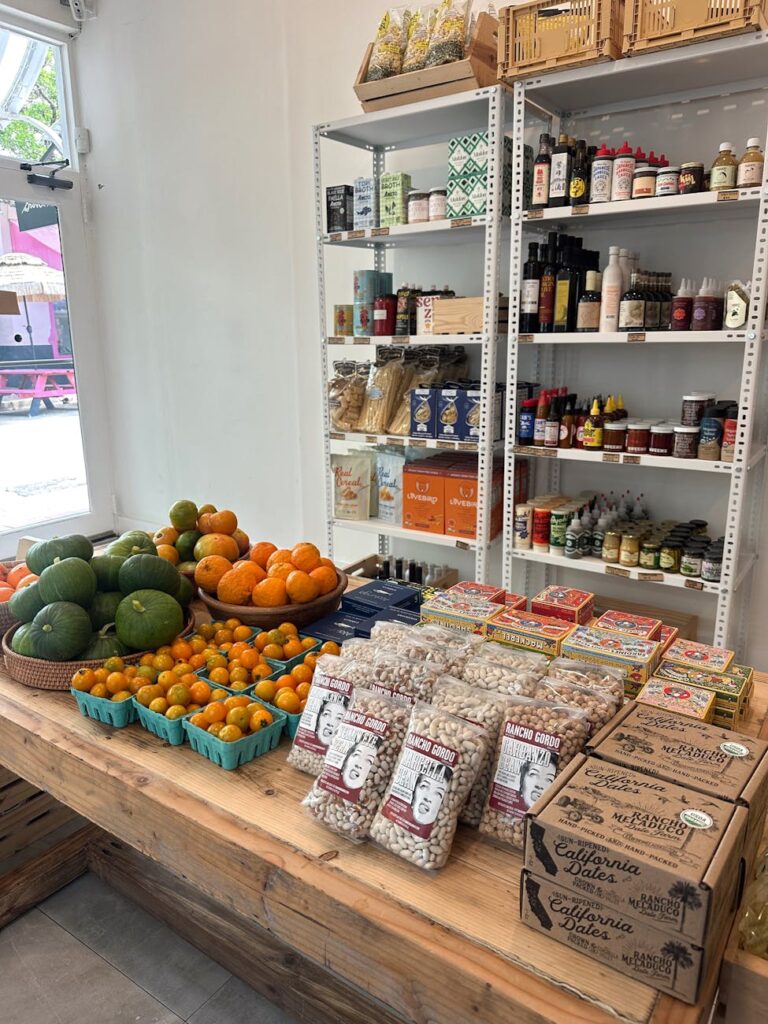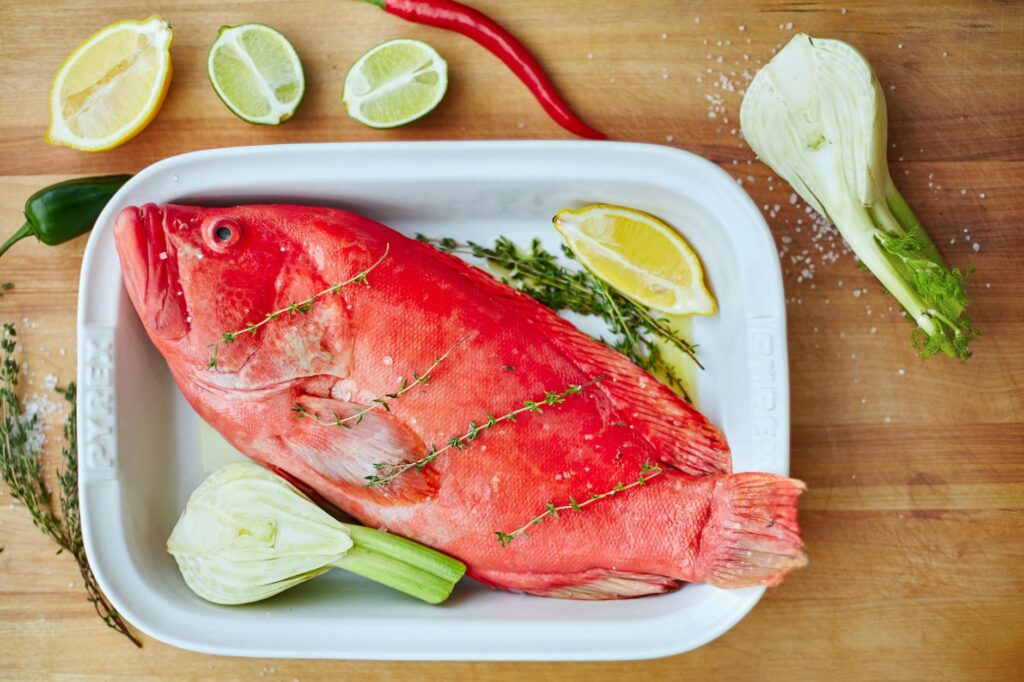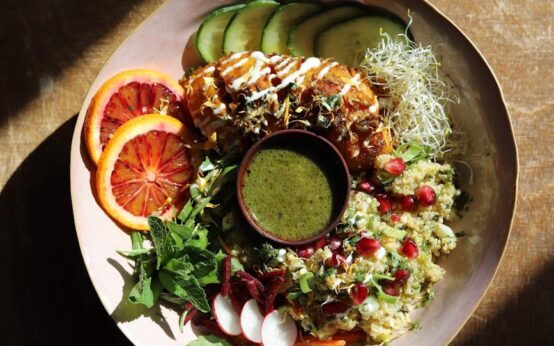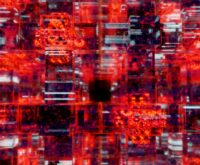The Hidden Dangers of Processed Foods: More Than Just Empty Calories
It’s 6 PM. You’re exhausted. The thought of chopping vegetables, seasoning chicken, and waiting for rice to cook feels like climbing a mountain. But that colorful box in the freezer? Dinner in 10 minutes. We’ve all been there. Convenience is the king of modern life, and processed foods are its loyal subjects. They promise speed, ease, and flavor. But what’s the real cost of that convenience? The truth is, the consistent consumption of these items brings a host of health issues. Understanding the dangers of processed foods is the first step toward reclaiming your health, one meal at a time.
Key Takeaways
- Processed foods are altered from their natural state, with ultra-processed foods being the most harmful due to high levels of sugar, unhealthy fats, sodium, and artificial additives.
- Frequent consumption is strongly linked to serious health issues, including obesity, heart disease, type 2 diabetes, and poor gut health.
- These foods are engineered to be hyper-palatable, which can override your body’s natural fullness cues and lead to overeating.
- You can reduce your intake by focusing on whole foods, reading labels carefully, cooking more at home, and planning your meals.
What Exactly *Are* Processed Foods, Anyway?
The term “processed food” gets thrown around a lot, often as a villainous catch-all. But what does it actually mean? It’s not as simple as good versus evil. Processing itself isn’t inherently bad; it’s a spectrum. A processed food is simply any food that has been altered in some way during preparation. This can range from a minimally touched bag of spinach to a lab-created frozen dinner.
To make sense of it all, food scientists often use the NOVA classification system, which breaks it down into four groups. Let’s simplify that.
Category 1: Minimally Processed Foods
These are your friends. Think of foods that are largely in their natural state but have been slightly altered for preservation or convenience. This includes washing, cutting, freezing, or pasteurizing. They don’t have added ingredients. Totally fine.
- Pre-cut vegetables and fruits
- Bagged salads and spinach
- Roasted nuts (unsalted)
- Pasteurized milk
- Fresh-cut meats
Category 2: Processed Culinary Ingredients
These are ingredients derived from a whole food to be used in cooking. Things like oils, butter, sugar, and salt. You wouldn’t eat a bowl of olive oil, but it’s essential for cooking those minimally processed veggies. These are fine in moderation as part of a home-cooked meal.
Category 3: Processed Foods
Here’s where things start to get a bit tricky. These are typically made by adding ingredients like salt, sugar, or oil to minimally processed foods. The goal is usually to increase shelf life or enhance flavor. This group includes things like canned fish, some cheeses, freshly made bread, and vegetables canned in salt water.
Category 4: Ultra-Processed Foods (The Real Culprits)
This is the category we’re truly concerned about. Ultra-processed foods (UPFs) are industrial formulations. They bear little to no resemblance to their original ingredients. They are made mostly from substances extracted from foods (like fats, starches, and sugars) or synthesized in labs. They are packed with flavor enhancers, colors, and other additives to make them irresistible. Think about it: a potato is a whole food. A potato chip is not. It’s been sliced, fried, salted, and loaded with preservatives and artificial flavors. These are the products that line the inner aisles of the supermarket.

The Hidden Culprits: Why Are Ultra-Processed Foods So Bad?
So, what makes these ultra-processed concoctions so detrimental to our health? It boils down to what’s been added and what’s been taken away. They are a perfect storm of nutritional negatives, engineered for maximum profit and consumption, not for your well-being.
The Sugar Overload
Your body can handle natural sugars found in fruit, which come packaged with fiber, vitamins, and water. The added sugars in UPFs are a different beast. We’re talking about high-fructose corn syrup, dextrose, maltodextrin, and dozens of other names for refined sugar. They are ’empty calories’ that offer no nutritional value.
- Insulin Resistance: Constant sugar spikes force your pancreas to work overtime producing insulin. Over time, your cells can become resistant to insulin, paving the way for type 2 diabetes.
- Fat Storage: The liver metabolizes fructose. When it gets too much, it turns it into fat. Some of this fat can build up in the liver, leading to non-alcoholic fatty liver disease, while the rest is shipped out into the bloodstream, contributing to weight gain.
- Inflammation: High sugar intake is a major driver of chronic inflammation, which is a root cause of many diseases, including heart disease and arthritis.
Unhealthy Fats and Trans Fats
Fat isn’t the enemy; the *type* of fat is what matters. Healthy fats from avocados, nuts, and olive oil are essential. Processed foods, however, rely on cheap, unhealthy industrial seed oils like soybean, corn, and canola oil. These are high in omega-6 fatty acids which, in excess, can promote inflammation.
Worse still are the artificial trans fats (partially hydrogenated oils). Though largely banned, they can still lurk in some products. They are a nightmare for your cardiovascular system, simultaneously raising your ‘bad’ LDL cholesterol and lowering your ‘good’ HDL cholesterol. They’re a direct line to heart problems.
The Sodium Bomb
Salt is an essential mineral, but the amount packed into processed foods is staggering. It’s used as a cheap preservative and flavor enhancer to make otherwise bland ingredients palatable. A single frozen meal or canned soup can easily contain more than half of your recommended daily sodium intake.
- High Blood Pressure: Excess sodium causes your body to retain water, which increases the volume of blood in your bloodstream. This raises blood pressure, forcing your heart to work harder and straining your arteries.
- Cardiovascular Strain: Over time, this constant strain can lead to hypertension, heart attack, and stroke. It’s a silent threat that builds up over years of a high-sodium diet.
A Cocktail of Artificial Additives
If you can’t pronounce it, should you be eating it? Ultra-processed foods are filled with artificial colors, flavors, sweeteners, emulsifiers, and preservatives. These are chemicals designed to extend shelf life, improve texture, and trick your brain into wanting more. While many are deemed ‘safe’ for consumption in small amounts, their long-term cumulative effect on the body, particularly the gut microbiome, is a growing area of concern for scientists.

The Real-World Impact: How Processed Foods Affect Your Body
Eating a TV dinner once in a blue moon won’t derail your health. The issue is the cumulative effect. When these foods become staples rather than exceptions, the consequences can be severe. It’s not just about a few extra pounds; it’s about a fundamental disruption to your body’s systems.
Understanding the True Dangers of Processed Foods
Let’s connect the dots. The combination of high sugar, bad fats, and refined carbohydrates creates a product that is high in calories but low in actual nutrients and fiber. Fiber is crucial for making you feel full. Without it, you can eat a huge number of calories without feeling satisfied. This is a recipe for weight gain.
But it goes deeper. These foods are scientifically engineered to be ‘hyper-palatable.’ Food scientists work to find the ‘bliss point’—the perfect combination of sugar, salt, and fat that lights up the reward centers in your brain, much like addictive drugs. This can override your body’s natural hunger and satiety signals, leading to cravings and overconsumption. You’re not weak-willed; you’re up against a product designed to make you lose control.
“Ultra-processed foods are not really ‘food.’ They are industrially produced edible substances. They are designed to be cheap, convenient, and so intensely flavorful that they crowd out the desire for real, whole foods.”
The health consequences are well-documented:
- Obesity and Weight Gain: The link is undeniable. The high-calorie, low-satiety nature of UPFs is a primary driver of the global obesity epidemic.
- Heart Disease and Stroke: The combination of high blood pressure from sodium, unhealthy cholesterol levels from trans and saturated fats, and systemic inflammation creates the perfect environment for cardiovascular disease.
- Type 2 Diabetes: The relentless assault of refined sugars and carbohydrates on your insulin system is a direct path to insulin resistance and, eventually, type 2 diabetes.
- Poor Gut Health: Your gut microbiome is a complex ecosystem of bacteria that influences everything from digestion to immunity and mood. A diet of whole, fiber-rich foods feeds the good bacteria. A diet of processed foods, low in fiber and high in additives, starves the good guys and feeds the bad ones, leading to an imbalance known as dysbiosis, which is linked to inflammation and a host of health problems.
- Mental Health and Cognitive Decline: Emerging research is drawing a strong line between what we eat and how we feel. Diets high in processed foods are associated with a higher risk of depression and anxiety. The chronic inflammation they cause can also impact brain health, potentially contributing to cognitive decline and brain fog.
Breaking Free: Practical Tips to Reduce Your Processed Food Intake
Reading all this can feel overwhelming. Don’t panic. The goal isn’t perfection; it’s progress. You don’t have to banish every single processed item from your home overnight. The key is to start making small, sustainable changes that shift the balance in favor of whole, real foods.
- Read the Ingredients List: This is your most powerful tool. Forget the flashy claims on the front of the box. Turn it over and read the list. A short list of recognizable ingredients is a great sign. If the list is a paragraph long and full of chemical names, it’s likely an ultra-processed product. A simple rule: if your grandmother wouldn’t recognize it as food, you probably shouldn’t eat it.
- Shop the Perimeter: Supermarkets are typically designed to keep the fresh, whole foods around the outer walls. Think produce, meat, seafood, and dairy. The inner aisles are where the vast majority of ultra-processed, packaged goods live. Stick to the perimeter for most of your shopping, and you’ll automatically make healthier choices.
- Cook More at Home: This is the single most effective way to control what goes into your body. When you cook, you control the ingredients—the amount of salt, sugar, and the type of fat. Start small. Aim to cook one more meal at home per week than you do now. Find a few simple, quick recipes you enjoy. Meal prepping on the weekend can be a lifesaver for busy weeknights.
- Focus on Adding, Not Just Subtracting: Instead of focusing on all the things you *can’t* have, focus on what you can *add* to your diet. Add a side salad to your lunch. Add a piece of fruit for a snack. Add an extra vegetable to your pasta sauce. Crowding out the bad stuff with good stuff is a much more positive and sustainable approach.
- Re-think Your Snacks: Snacking is a major danger zone for processed foods. Chips, crackers, cookies, and granola bars are often UPFs in disguise. Swap them for whole-food alternatives: an apple with nut butter, a handful of almonds, a hard-boiled egg, Greek yogurt, or baby carrots with hummus.

So, Where Do You Go From Here?
It’s not about being a perfect eater. It’s about being a conscious one. The journey away from a diet heavy in processed foods is a gradual one. It starts with awareness—with reading this article, with looking at a nutrition label, with deciding to cook dinner instead of ordering out. Every small choice to prioritize real food is a victory for your long-term health. You’re not just eating; you’re investing in a healthier, more vibrant future for yourself. And that’s a convenience worth striving for.
FAQ: Answering Your Questions
Are all processed foods bad?
Absolutely not! This is a common misconception. As we covered, processing exists on a spectrum. Minimally processed foods like pre-cut vegetables, canned beans (rinsed), frozen fruit, and pasteurized milk are perfectly healthy and can make healthy eating much more convenient. The primary concern is with ultra-processed foods that have long ingredient lists and contain high levels of added sugar, sodium, unhealthy fats, and artificial additives.
How can I eat healthy and avoid processed foods on a tight budget?
This is a great question. Eating whole foods can be very budget-friendly. Focus on staple items like dried beans, lentils, brown rice, and oats, which are incredibly cheap and nutritious. Buy fruits and vegetables that are in season, as they are usually less expensive. Don’t overlook the frozen food aisle for produce—frozen fruits and vegetables are just as nutritious as fresh (sometimes more so) and are often cheaper and last longer. Cooking meals at home is always more economical than buying pre-made or restaurant food.



 Top Heart Health Foods to Add to Your Diet
Top Heart Health Foods to Add to Your Diet  Diet and Mental Health: How Your Food Affects Your Mood
Diet and Mental Health: How Your Food Affects Your Mood  Fuel Your Fitness: Best Foods to Eat Before a Workout
Fuel Your Fitness: Best Foods to Eat Before a Workout  The Dangers of Processed Foods: What You Need to Know
The Dangers of Processed Foods: What You Need to Know  The Hidden Dangers of Processed Foods & How to Avoid Them
The Hidden Dangers of Processed Foods & How to Avoid Them  Eat Your Way to Less Pain: Foods That Reduce Inflammation
Eat Your Way to Less Pain: Foods That Reduce Inflammation  NFT Photography: A Photographer’s Guide to a New Market
NFT Photography: A Photographer’s Guide to a New Market  AI and Blockchain: A Powerful Tech Synergy
AI and Blockchain: A Powerful Tech Synergy  Get a Job in Blockchain: Your 2024 Web3 Career Guide
Get a Job in Blockchain: Your 2024 Web3 Career Guide  Wallet Types Explained: Hot vs Cold & More (2024 Guide)
Wallet Types Explained: Hot vs Cold & More (2024 Guide)  How Venture Capital is Shaping the Crypto Industry
How Venture Capital is Shaping the Crypto Industry  Sentiment Analysis for Crypto: A Trader’s Ultimate Guide
Sentiment Analysis for Crypto: A Trader’s Ultimate Guide